-
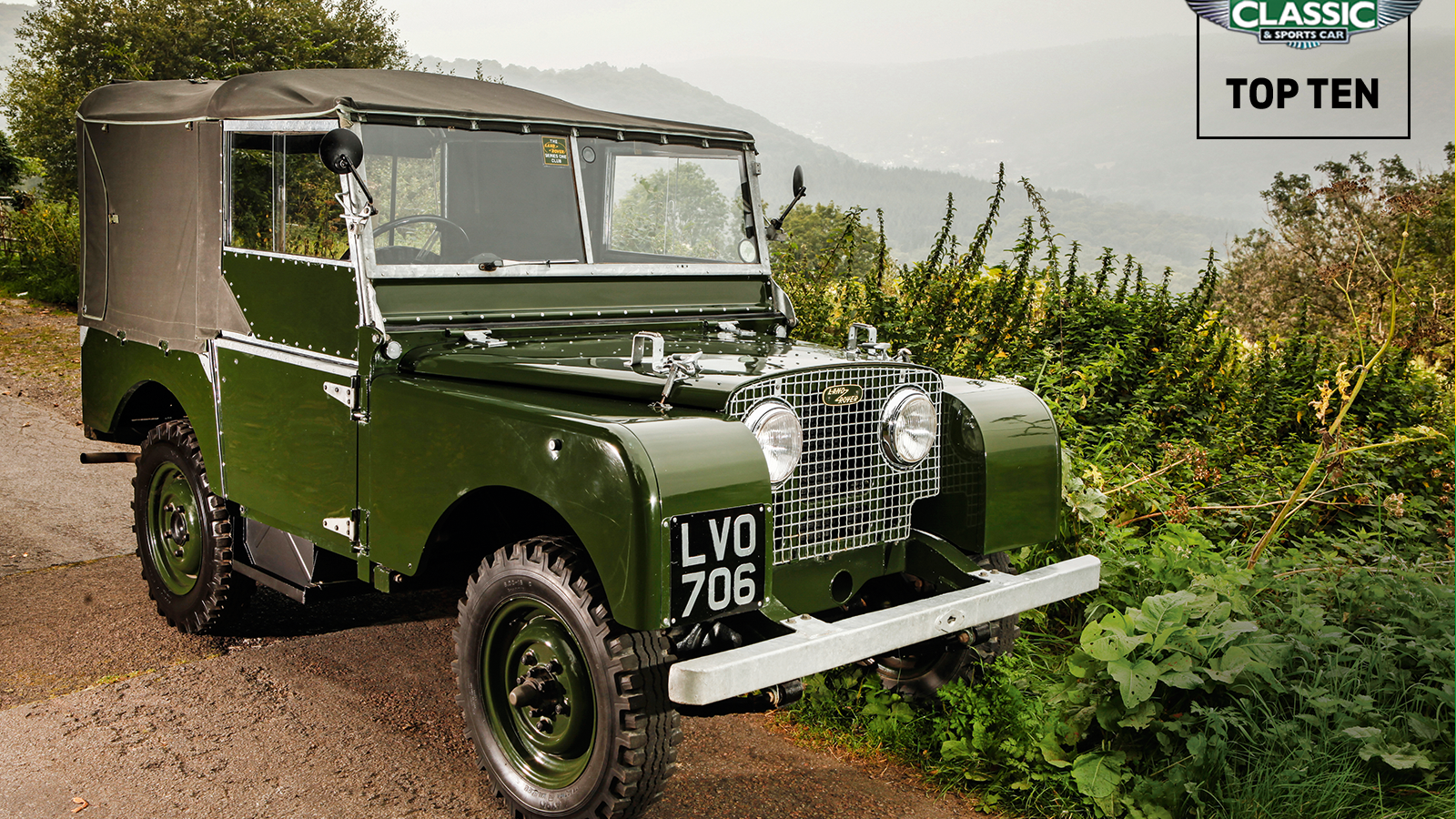 © Classic & Sports Car
© Classic & Sports Car -
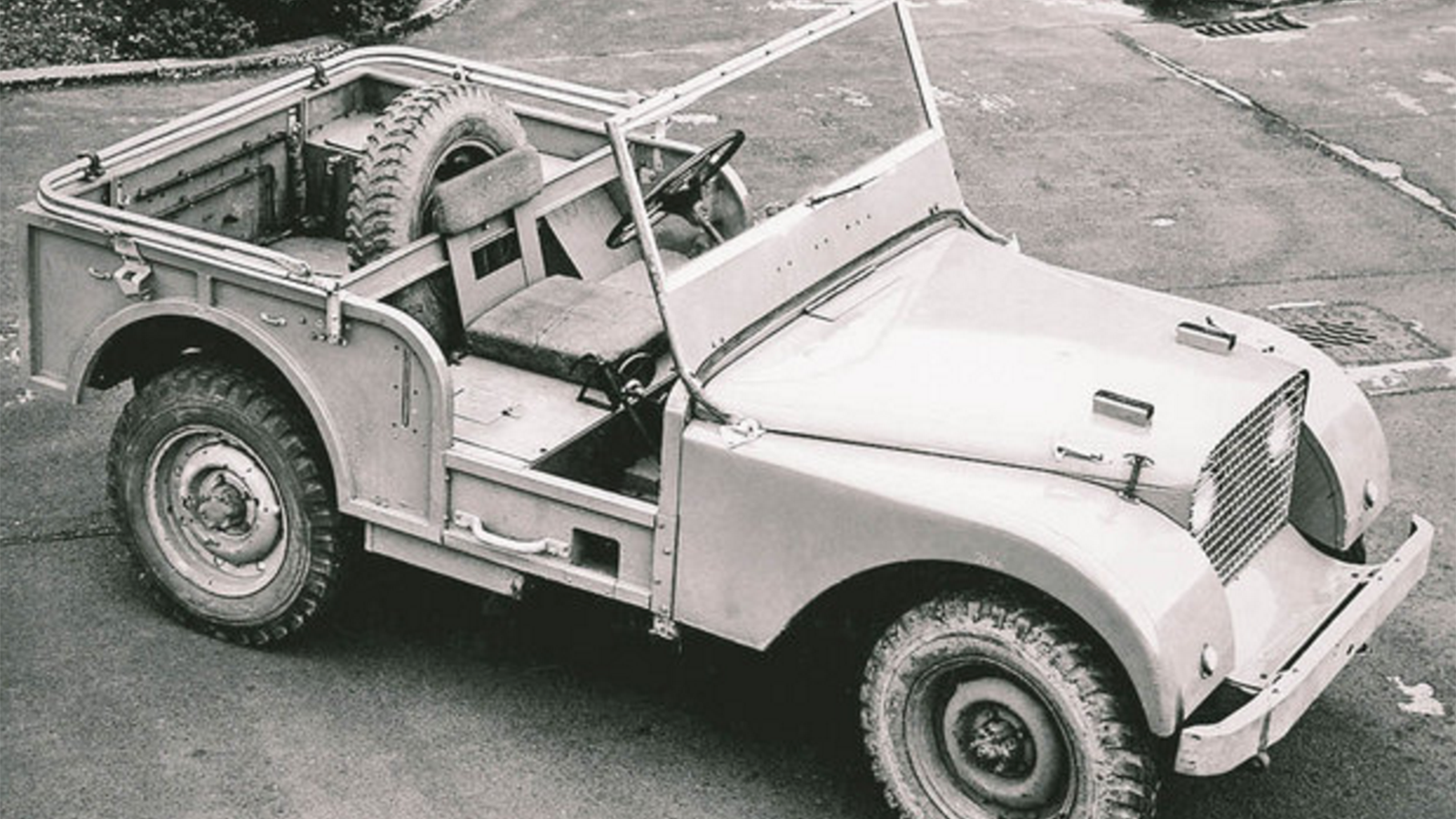 © Jaguar Land Rover
© Jaguar Land Rover -
 © Jaguar Land Rover
© Jaguar Land Rover -
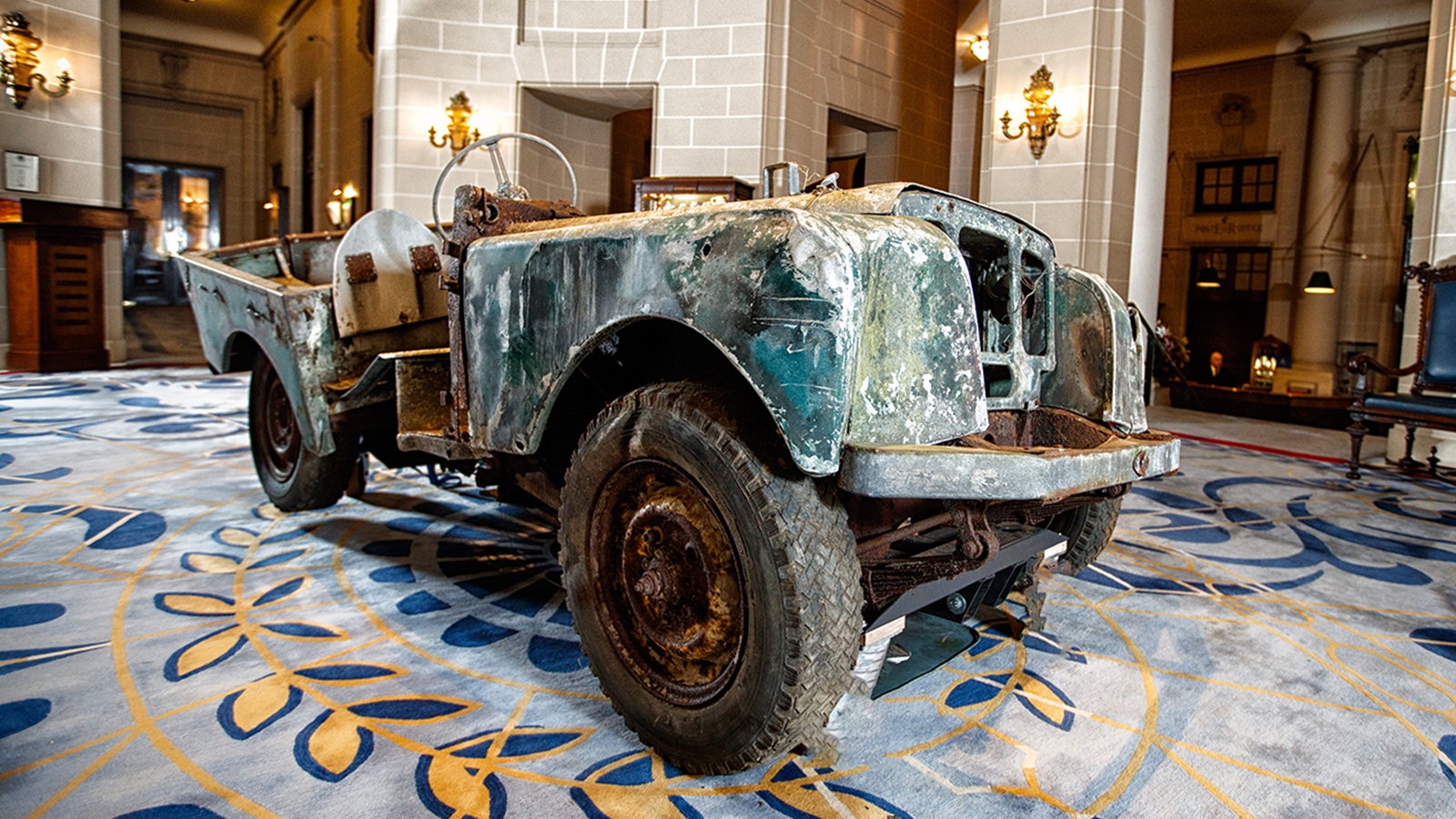 © Iain Gomes
© Iain Gomes -
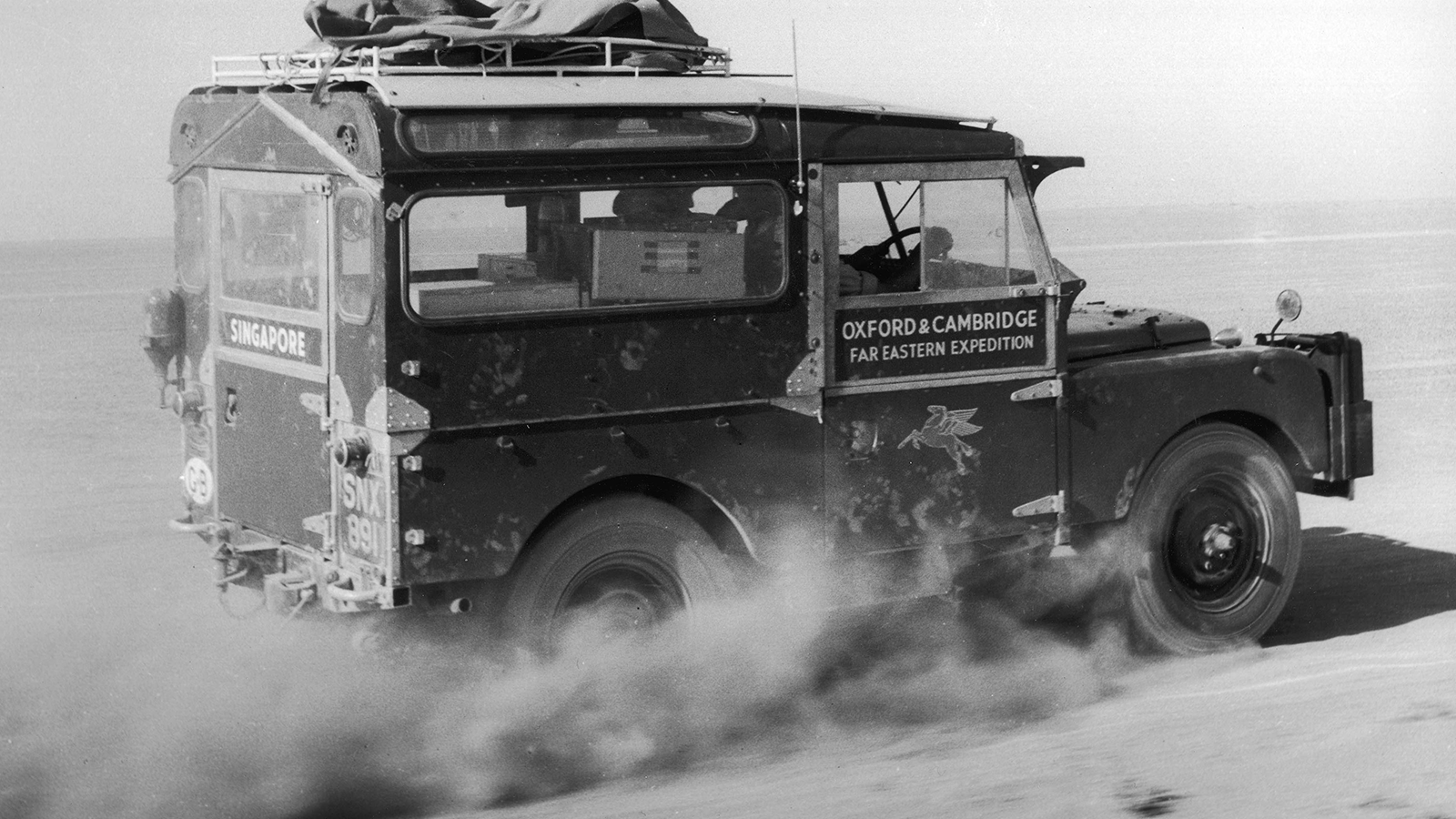 © Jaguar Land Rover
© Jaguar Land Rover -
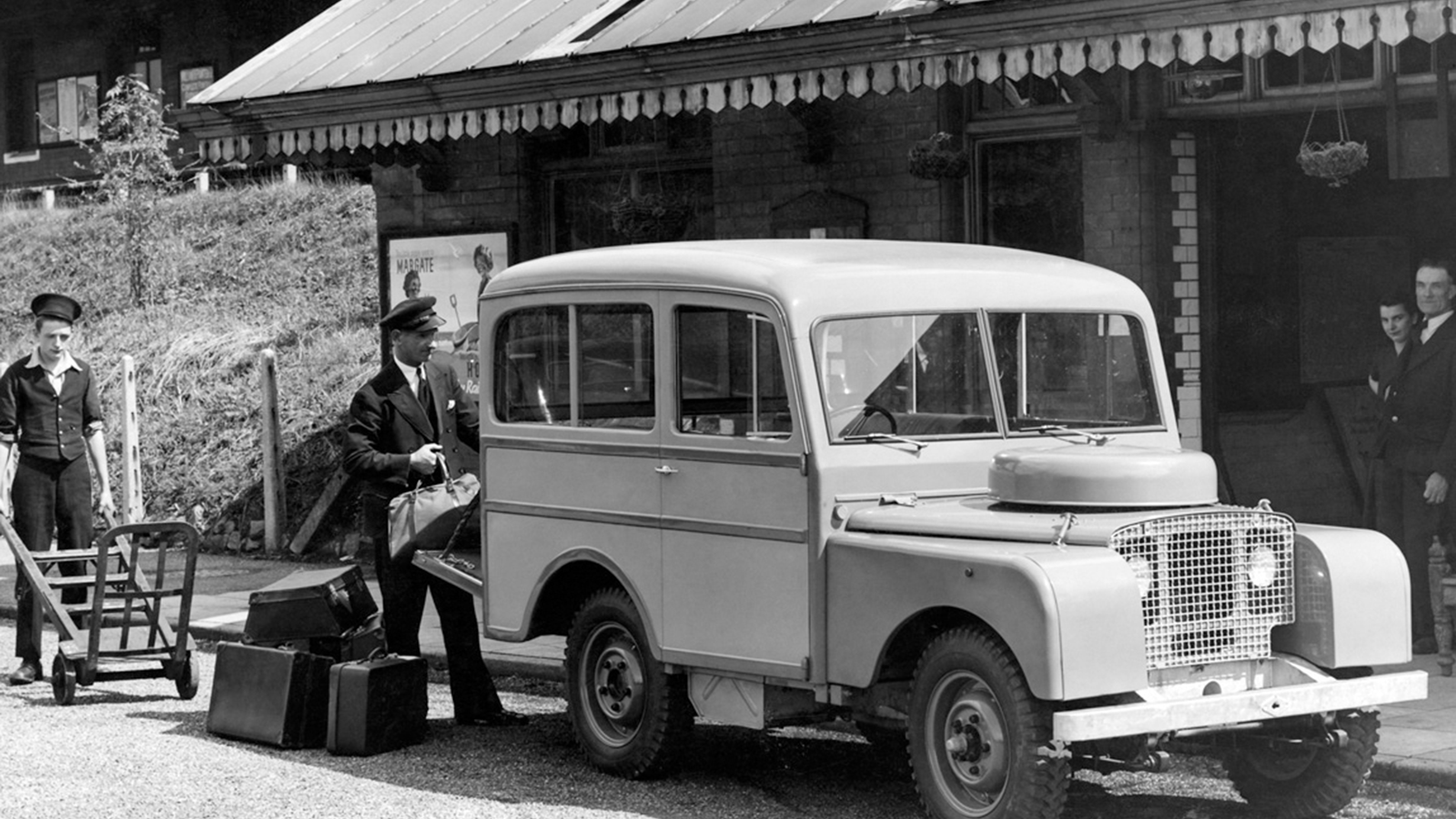 © Jaguar Land Rover
© Jaguar Land Rover -
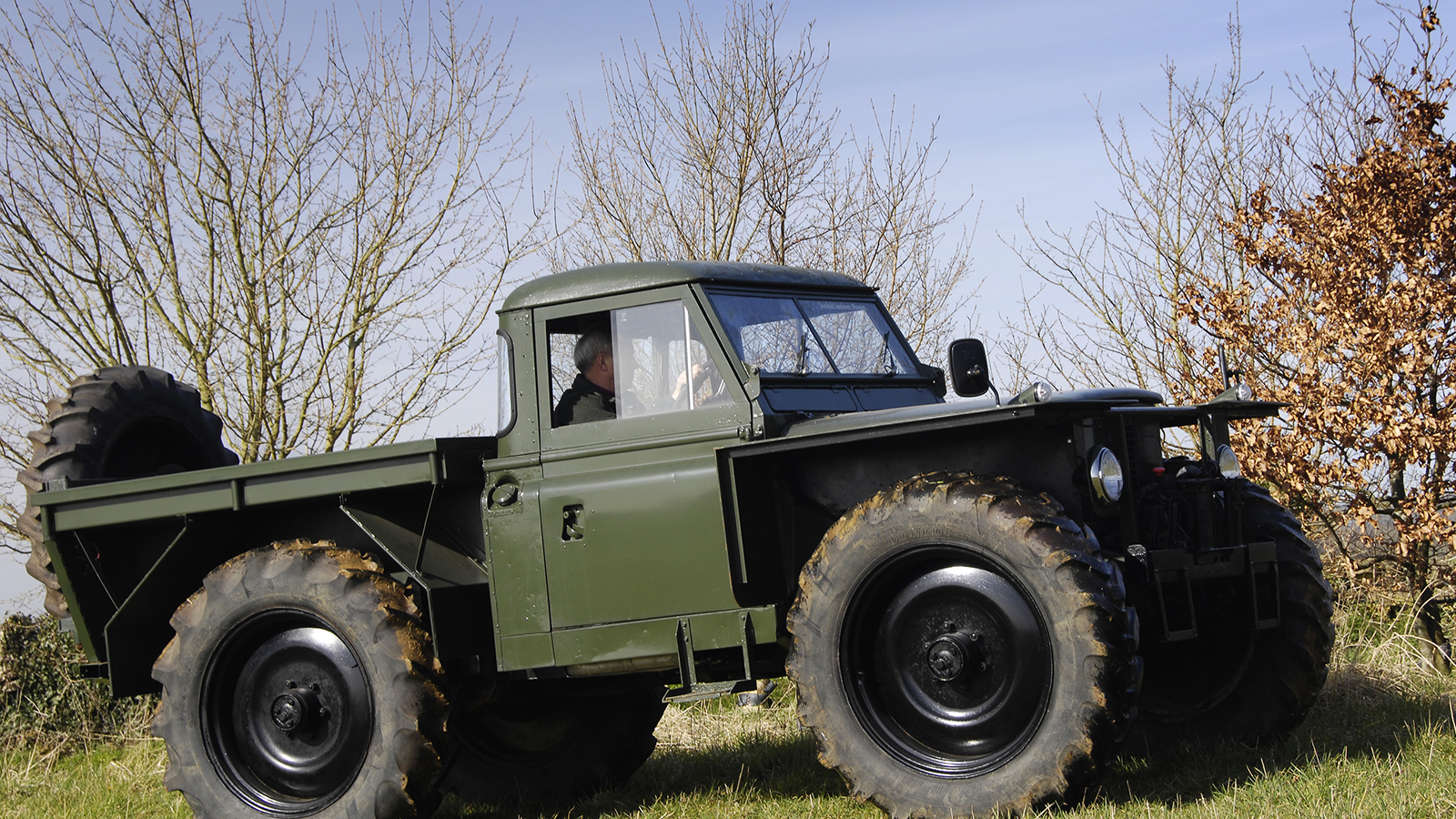 © Jaguar Land Rover
© Jaguar Land Rover -
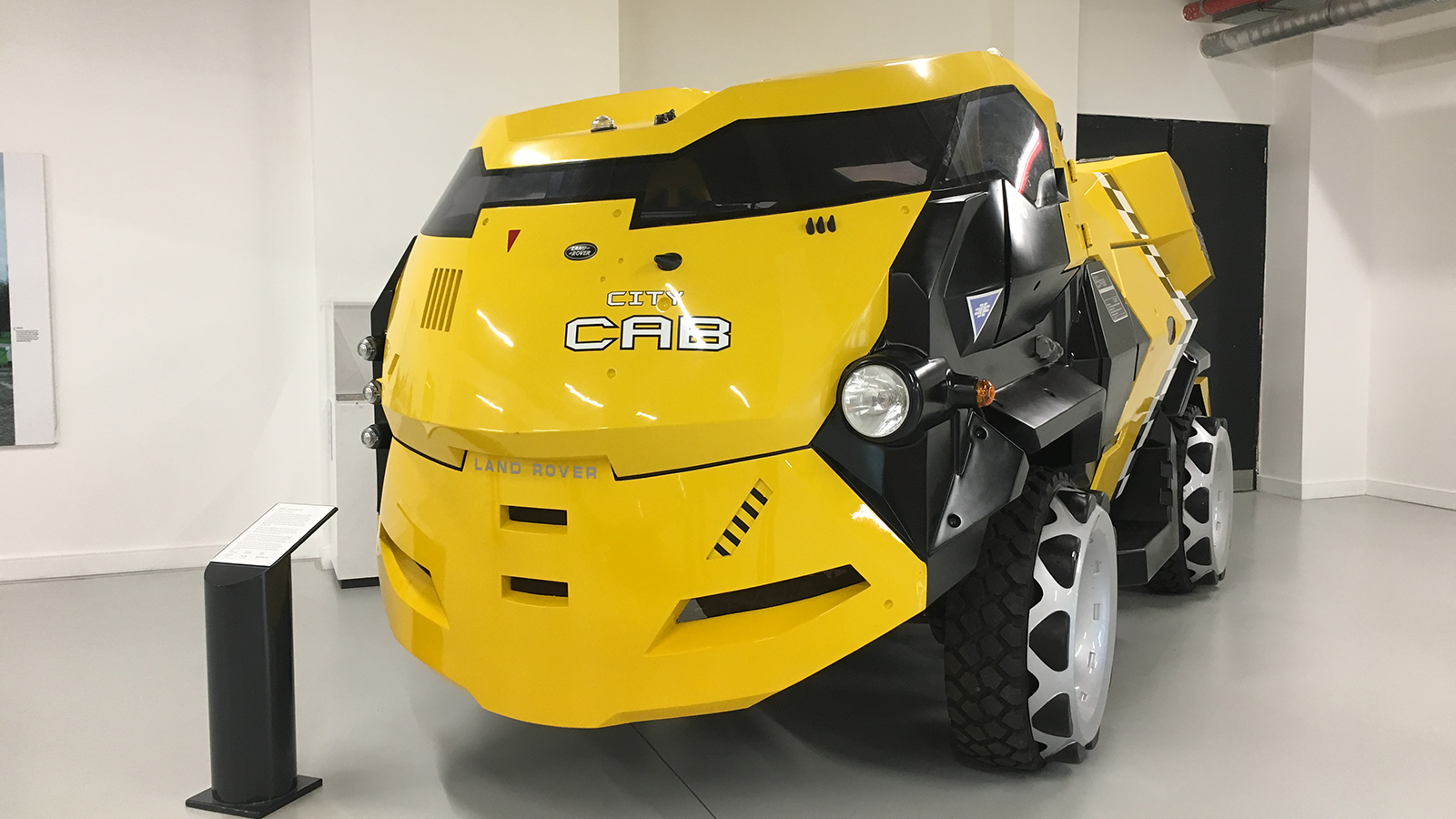 © Martin Port/Classic & Sports Car
© Martin Port/Classic & Sports Car -
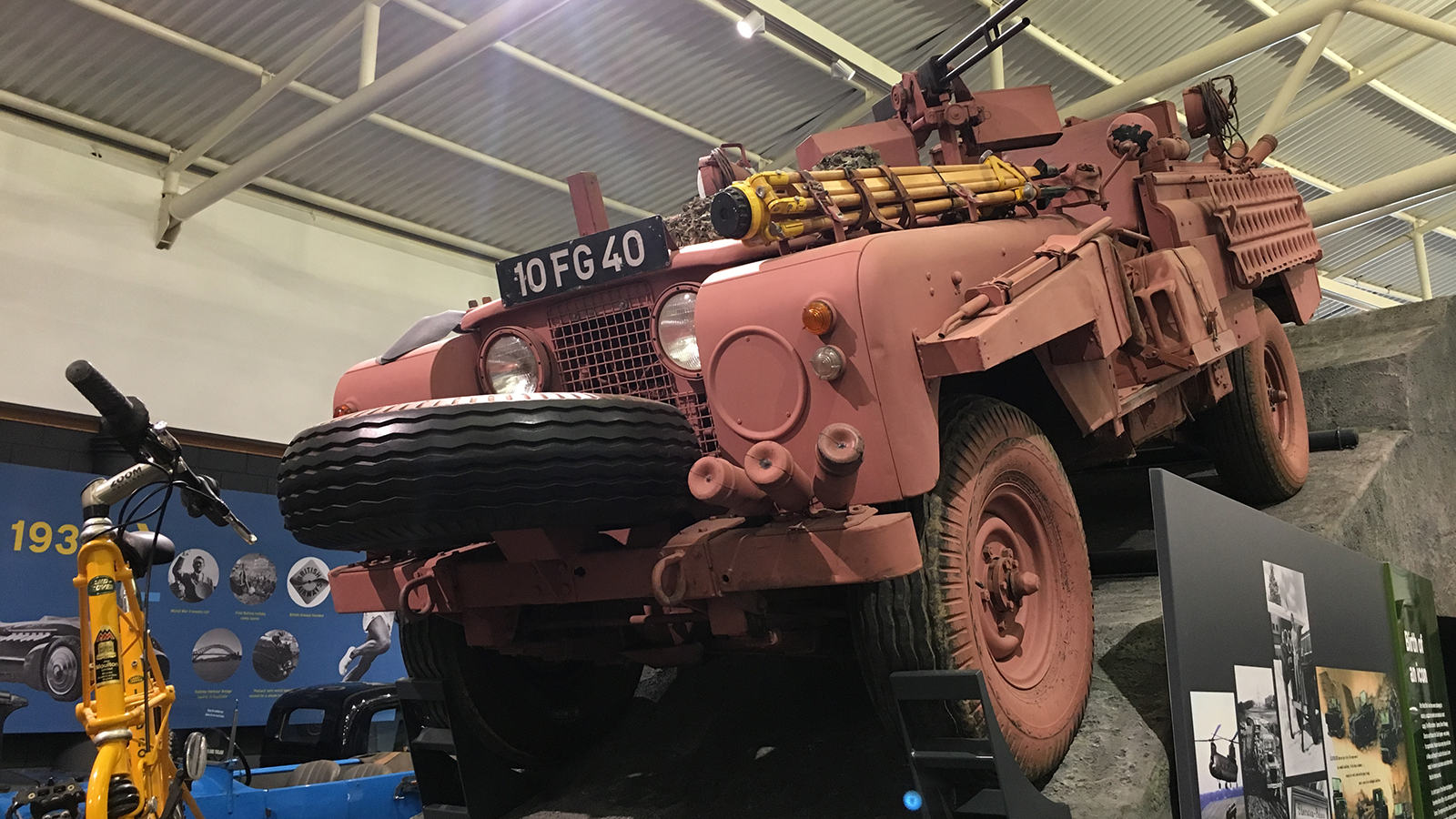 © Martin Port/Classic & Sports Car
© Martin Port/Classic & Sports Car -
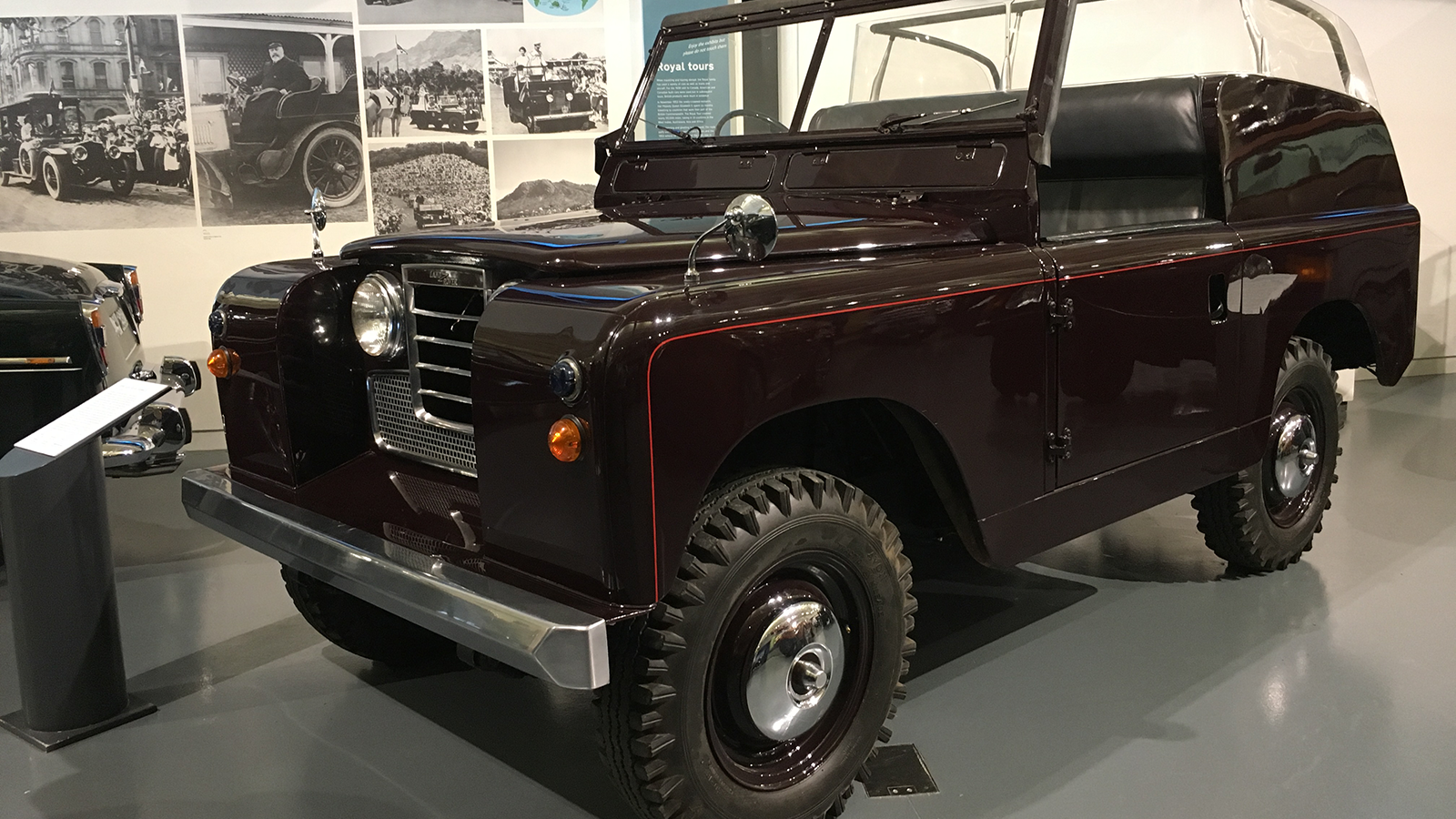 © Martin Port/Classic & Sports Car
© Martin Port/Classic & Sports Car -
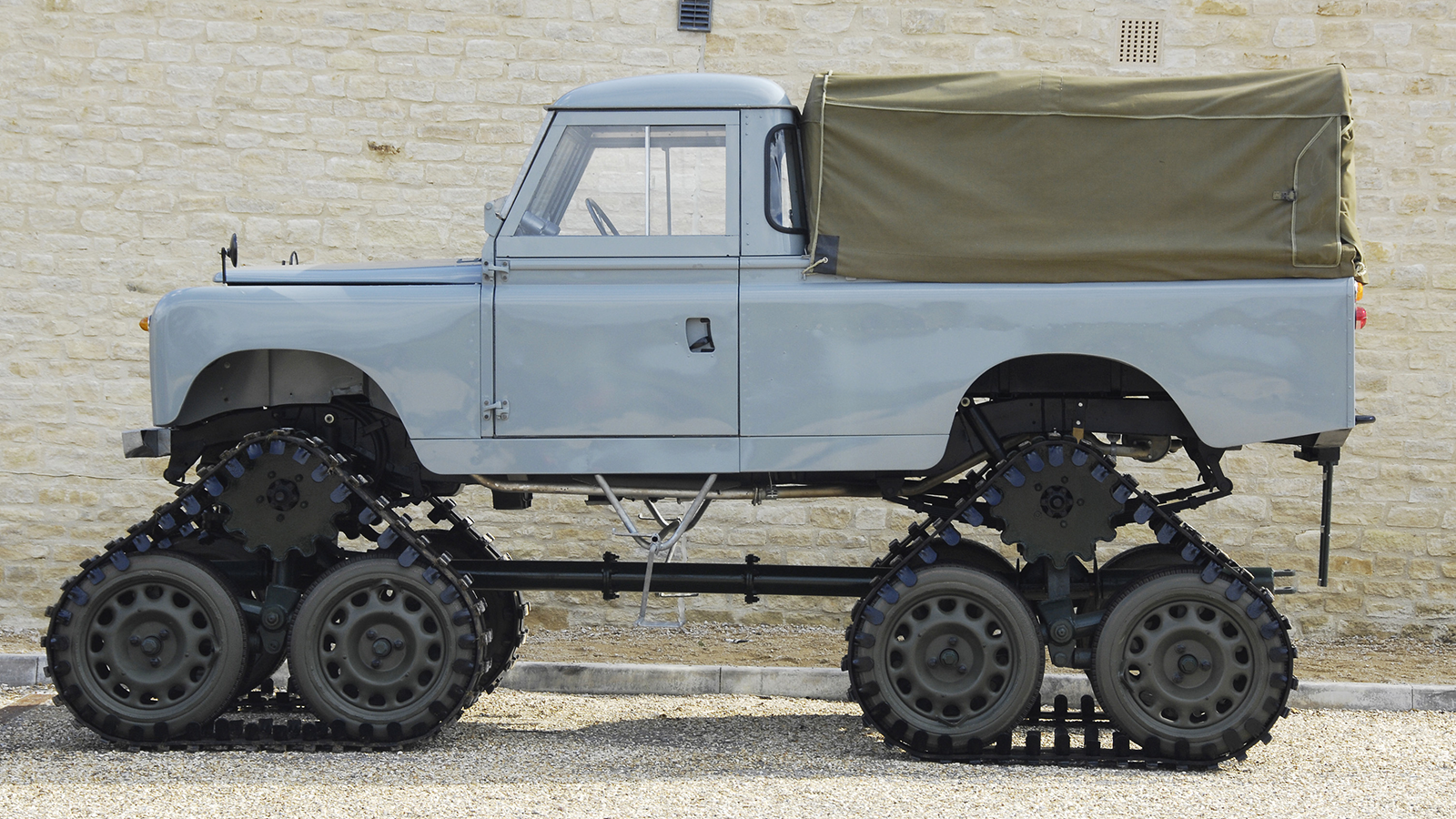 © Jaguar Land Rover
© Jaguar Land Rover -
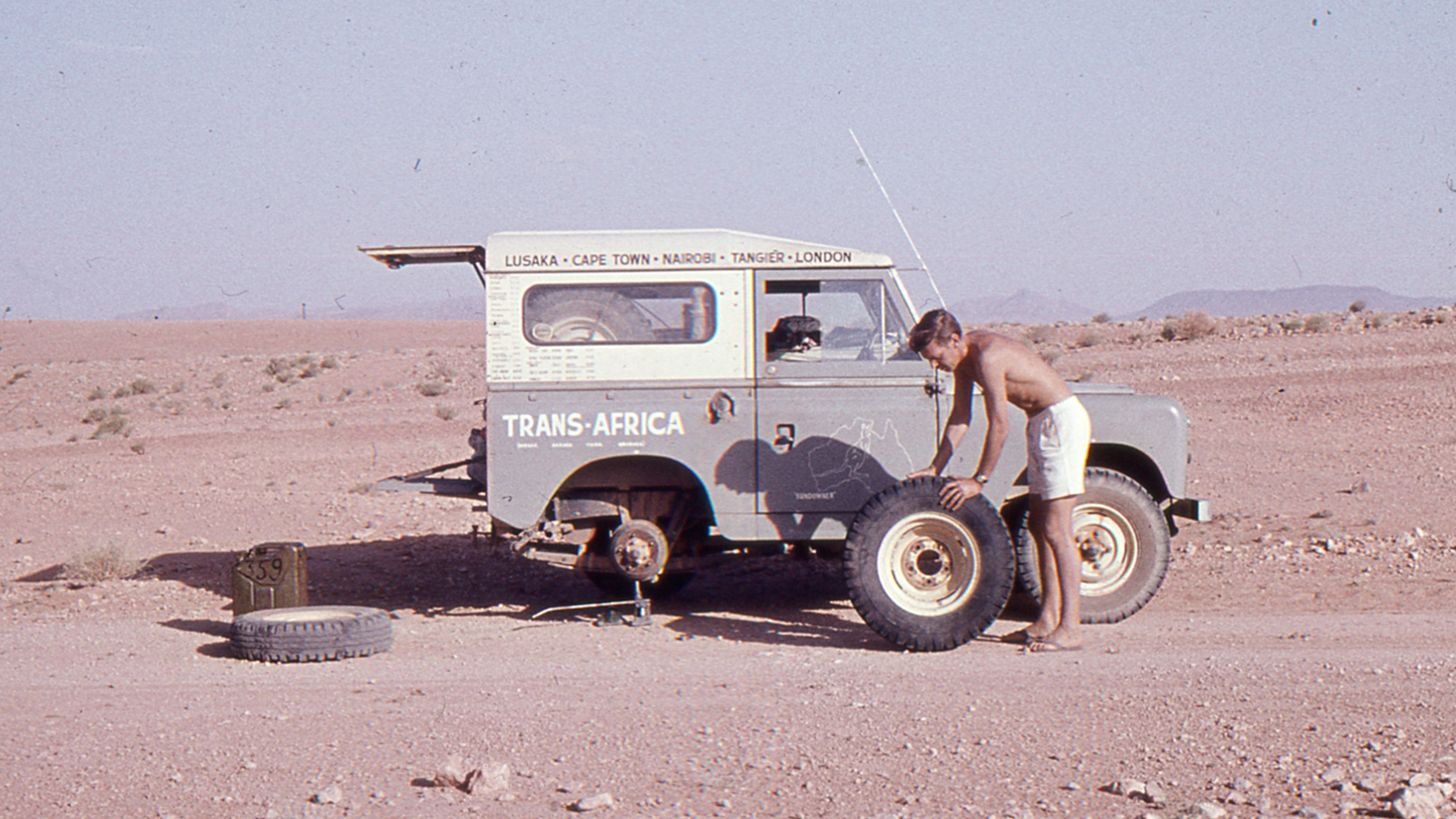 © Martin Port/Classic & Sports Car
© Martin Port/Classic & Sports Car
-
Celebrate World Land Rover Day with this trip back in time
It's now 71 years since the very first Land-Rover broke cover at the Amsterdam Motor Show – and the world hasn't been the same since.
What subsequently became known as the Series One was born on 30 April 1948, and within a few short years had transformed agriculture, overlanding and four-wheel drive motoring.
Of course, the Rover company originally intended the model to be little more than a stop-gap; a vehicle that would give a post-war motor manufacturer a much-needed boost before it rolled out a new range of motor cars.
Little did Maurice and Spencer Wilks realise that what began as a drawing in the Anglesey sand would become a motoring icon with hundreds of variations – loved, used and abused by millions around the globe.
To celebrate this special day, here are 10 of the most well-known, most intrepid and in some cases most bonkers examples of Solihull’s finest.
-
1. Centre Steer
When Maurice Wilks took a wartime Willys Jeep and decided to use it as the basis for his own four-wheel drive utility vehicle, he set about making a prototype that had a centrally-mounted steering wheel.
This oddity was intended to save on creating both left- and right-hand drive versions, but it was soon ditched in favour of a more traditional layout.
The original prototype, named Centre Steer for obvious reasons, is long-gone, but several replicas are in existence.
-
2. HUE166
Arguably the most famous Series Land-Rover of all, ‘Huey’ is officially the first of the pre-production vehicles.
Released to the Experimental Department in March 1948, it was one of a number of pre-pro Land-Rovers that helped the company develop the first vehicles for sale to the public.
After its 'retirement' from Land-Rover duties it went to a farmer in Kenilworth, but it was bought back by the company years later.
-
3. JUE477
After the pre-production Land-Rovers came those intended for public consumption – the first of which was JUE477, chassis 860001.
Recently rescued from its resting place in a Northumberland barn, ‘Juey’ changed hands late in 2017 and despite appearances will be put back on the highway.
Of course the dream for us Land-Rover obsessives is that we'll one day get to see the first pre-production AND the first production models on the road together.
-
4. Oxford and Cambridge
They may not have been the earliest Land-Rovers, but the vehicles known as 'Oxford' and 'Cambridge' are certainly among the most famous of them.
In 1955, six students embarked on the inaugural Oxford & Cambridge Far Eastern Expedition – a world-first attempt to travel from London to Singapore entirely by land, save for the English Channel and the odd unavoidable river crossing.
Two Series One Land-Rovers, christened 'Oxford' and 'Cambridge', were chosen for the arduous job, and quickly became stars thanks to a series of David Attenborough films about the expedition.
Over six months, the teams covered 18,000 miles, finally arriving at their destination in 1956. 'Cambridge' was later lost, but 'Oxford' is still going strong.
-
5. Tickford Station Wagon
The Rover Company realised early on that the ultra-utilitarian vehicle wouldn't be to everyone’s liking, so it came up with a plan to smarten up the spartan interior.
Coachbuilder Tickford – famed for its work with high-end marques such as Rolls-Royce – was duly engaged to create an option fitted with an enclosed body, and the world's first luxury Landie was born.
Unfortunately, while the leather seats, heater and interior trim made the Tickford Station Wagon a nice place to be, the increased purchase tax ramped up the price to the extent that fewer than 700 examples ended up being sold.
-
6. Forest Rover
This bizarre looking beast was built by Roadless Traction of Hounslow and was an attempt to address issues with ground clearance and traction suffered by customers such as the Forestry Commission.
Known as the Forest Rover, its 4ft tyres offered an obvious height advantage, but the combination of the chunky wheels and wider front axle necessitated the removal of the front wings and rear body.
-
7. Judge Dredd
The 101 Forward Control could easily be included in this list on its own merits, but the fact that it's also a Hollywood film star doesn't hurt either.
Yes, in the 1990s some 31 examples of the military-destined ‘gun tractors’ were converted by Land-Rover for use on the set of the Sylvester Stallone-led Judge Dredd movie.
Several of the original conversions still exist, including this one on show at the British Motor Museum in Warwickshire.
-
8. Pink Panther
A number of Series Land-Rovers were converted by Marshalls of Cambridge to SAS specification, with extra fuel tanks, smoke grenade launchers, GPMG machine guns, axle guards, sun compass and blackout lamps all being added to the standard kit.
Although painted green when new, pink was found to be the most effective camouflage colour for use in locations such as Oman, leading to the nickname ‘Pink Panther’. The ploy clearly worked: they were in service from 1968 until 1984.
-
9. Ceremonial and parade vehicles
Since 1948, a number of Land-Rovers have been converted for use as ceremonial and parade vehicles – often carrying members of the Royal Family, as on the Royal tour of Australia in 1954.
Finished in claret paint and with a dark-blue leather interior, the Aussie-tour Landie was – unsurprisingly – completed to a luxurious standard.
It even included a bespoke bumper and radiator grille with a modified rear tub, so that the dignitaries could stand while being driven through the onlookers. The model pictured is one of several such ceremonial vehicles, although it was only ever used as a back-up.
-
10. Cuthbertson Tracked
Cuthbertson & Sons of Biggar in Scotland were responsible for this particular modification, and like the Forest Rover, it was an attempt to take a vehicle already famed for its off-road handling and ‘supersize’ its capability.
The tracks were fitted to sets of bogies that were driven from the vehicle’s original axles and so could be converted back to road-spec with a little effort.
-
And a cheeky 11…
No Top Ten is complete without a ‘Brucie bonus’, so if trans-continent expeditions are your thing then look no further than our very own 1959 Series II ‘Trans-Africa’ Land-Rover.
Rescued by C&SC’s art editor [who also happens to be the author of this piece], this particular 88in journeyed from Cape Town to London when new in the hands of its movie-making owner.
Still on its original engine, drivetrain, chassis and bulkhead, it can now be seen plodding the UK’s motorways instead… slowly!
